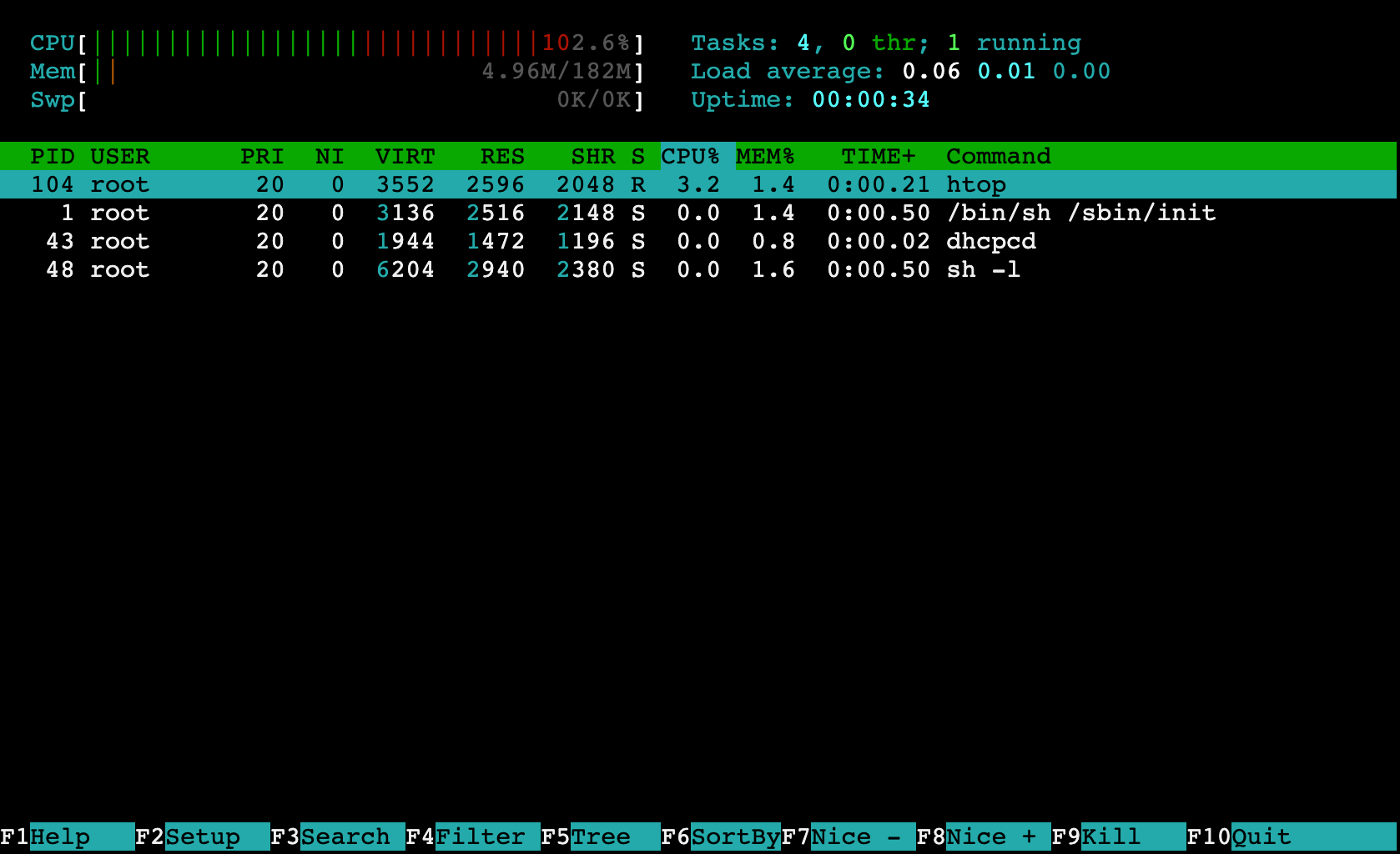

If you haven’t already read that article, please check it out (link at the top and bottom of this article). This is the exact same breakdown that the top command gives. So here we have 44 tasks that are broken up into 100 threads. Here we have 44 total processes, with 1 currently running. Tasksįor clarity, Tasks and Processes for our purposes are the same things. Processes will get slower and backed up while they wait for memory to become available. High swap and RAM usage will affect your system’s ability to process tasks efficiently, potentially resulting in 504 time-out errors. Swap space is your safety net if you run out of RAM. If you use software such as Photoshop, Illustrator, or other heavy Adobe Creative Cloud apps, you’ll likely have experienced the same thing on your computer. This is why having spare disk space is important for your system and why performance issues can arise when your disk space usage gets past 90%. We have RAM and Swap – Swap is part of your hard disk that’s used by your server like it uses RAM. This section shows information regarding the memory usage of the system. Sustained high CPU usage is something that requires further attention.


The higher your CPU usage (full bars, higher percentage), the busier your system is, and this will affect the performance of your websites.īursts of high usage are normal and nothing to be concerned about. In this article, the bars are mostly empty, which means the CPU is mostly idle. Top maybe easier to understand in terms of what exactly is consuming CPU, but what we’re looking to see is just how busy are the CPU/s.


 0 kommentar(er)
0 kommentar(er)
